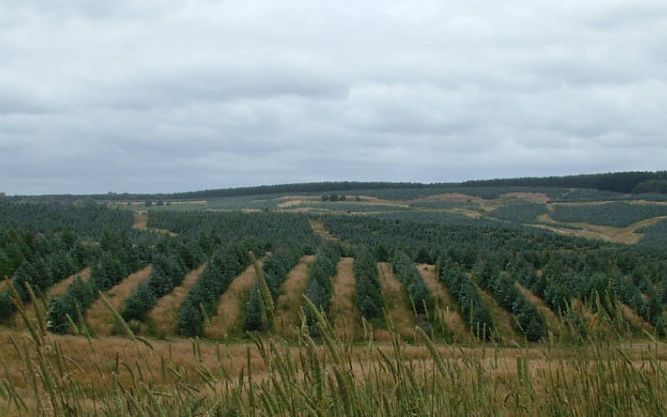FORESTS VERSUS HURRICANES
As hurricanes ripped through the United States and the Caribbean in the second half of 2017, questions were raised over why these destructive storms seemed to have descended so suddenly, following a relative lull of 12 years.
Hurricanes Harvey, Irma and Maria were among 17 consecutive storms that made the 2017 Atlantic hurricane season the costliest on record, causing USD 200 billion worth of damage in the US alone.
Douglas Sheil, an associate of the Center for International Forestry Research (CIFOR) and professor at the Norwegian University of Life Sciences (NMBU), found some explanation in an analysis of the links between forest cover and cyclonic storms, in what would become the year’s most popular piece on Forests News.
Based on research conducted in collaboration with scientists at CIFOR, Sheil put forward the hypothesis that because forests and cyclones share a fundamental relationship to atmospheric moisture and dynamics, more forests could mean fewer and less destructive storms. Conversely, forest loss could raise the likelihood of storms, particularly in large forested areas like the Amazon, he argued.
“Forests play multiple roles in sustaining the global water cycle and stabilizing the climate, and removing forest will influence these processes negatively. We can now also add a possible increase in cyclonic storms to the list of potential effects,” he wrote.
“Ignoring the plight of forests is asking for trouble.”
The beginnings of a planted forest in Victoria, Australia. CIFOR Photo/Himlal Baral
‘GREEN DESERTS’ OR FUNCTIONAL FORESTS?
If a tree is planted in a plantation, can it be considered part of a forest? This is the controversial question at the heart of ongoing debate over the potential contributions of tree plantations to global efforts on Forest Landscape Restoration (FLR) and to environmental and human well-being.
Critics label plantations ‘green deserts’ for their perceived lack of benefits to conservation of plant or animal species. But from the perspective of the Food and Agriculture Organization of the United Nations (FAO), some plantations may be considered ‘planted forests’, which are “composed of trees established through planting and/or through deliberate seeding of native or introduced species”.
According to this perspective, some plantations may operate like functional forests – albeit at a reduced capacity to natural forests – by providing ecosystem services like timber, clean air, clean water, carbon sequestration, and even habitats for wildlife.
Researchers from CIFOR and the University of Melbourne in 2017 promoted a new framework for assessing the ecosystem goods and services of planted forests. Applying their framework to different types of land uses, they found that planted forests outperformed other uses like agriculture or pasture for almost all ecosystem services measured, in some areas rivalling natural forests.
The scientists hoped their findings would contribute to the case for planted forests in restoration efforts, while conserving standing natural forests.
“By increasing the area of plantations for timber production on degraded lands, we can reduce the pressure to clear natural forests,” CIFOR scientist Himlal Baral said.
